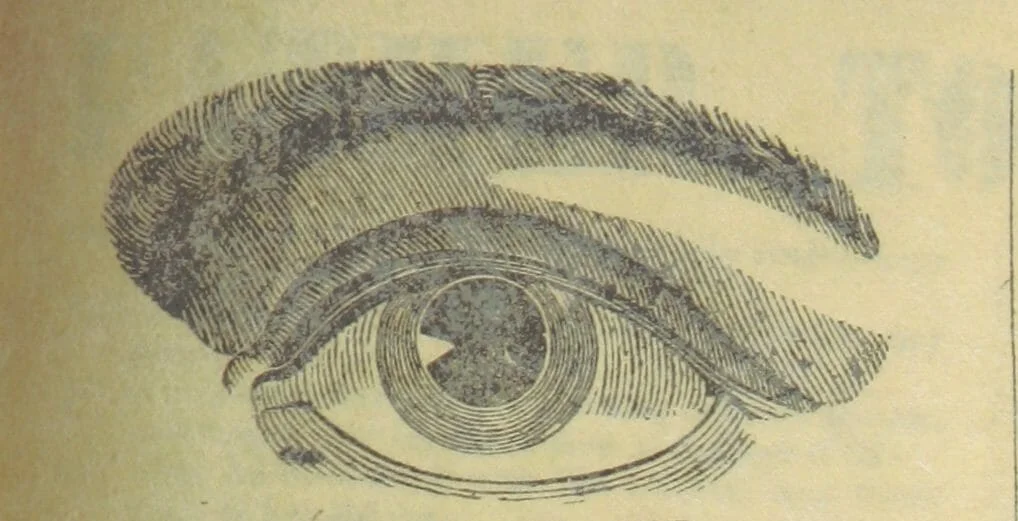
Infinite Jest | David Foster Wallace's maximalist novel
Author
Year
Format
Infinite Jest is David Foster Wallace’s magnum opus and is considered by some as a majorly influential work. Before its publication in 1996, the American author had already published The Broom of the System, a novel, and A Girl With Curious Hair, a collection of short stories. In 1996, Infinite Jest was shortlisted for the Pulitzer Prize. In this complicated and challenging novel, Wallace creates a futuristic world where entertainment is the only thing that matters. At the same time, Infinite Jest explores the possibility of being human in such a world. The novel was highly successful, with some 800,000 copies sold worldwide.
A layered structure
The structure of Infinite Jest is layered and complex: readers follow the events of three main storylines. Thanks to his funambulist style, Wallace manages to unite these different story patterns into an intriguing narrative, though the ending is impossible to solve.
The first deals with Hal Incandenza, a promising seventeen-year-old tennis player who lives at the Enfield Tennis Academy (the E.T.A.). Hal’s mother and father founded the institutions in which he studies, while the story of Hal mingles with that of his parents and his brothers, Mario and Orin. This part of the novel mimics the structure of a failed bildungsroman. In fact, Hal never reaches maturity.
The second storyline deals with Donald Gately, an ex-drug-addict who is recovering at the Ennet House, a halfway house located close to the ETA. Gately is haunted by his old life, but he tries to find a new way of living, free from drug abuse. Drug addiction is one of the novel’s central themes, as it appears in the other two storylines too.
Shakespearean themes
The last great motif relates to the film that gives its name to the book. Infinite Jest, a quote from William Shakespeare’s Hamlet, becomes a movie written and produced by Hal’s father, James Incandenza. The protagonist of this film is Joelle Van Dyne, the ex-girlfriend of Hal’s brother Orin, although readers do not know exactly what this film represents – they only know that this film is somehow disturbing because everyone who watches it ends up in a catatonic state, finding themselves unable to move and talk.
A futuristic world
The story is set in a futuristic world where everyone wants to be entertained. In this world, there is a new source of anesthetic pleasure: the teleputer. This imaginary machine resembles both a television and a computer, and it represents the ultimate frontier of American entertainment.
The United States, Canada, and Mexico have joined together and created a new nation known as O.N.A.N, whose president is the singer Jonny Gentle. In this imaginary world, every year bears the name of the corporation that sponsors it. The name of this form of sponsorship is Subsidized Time. So there is a new calendar in the novel, going from the Year of the Whooper to the Year of Glad. The central part of the narrative, though, is set in the Year of Dependent Adult Undergarment.
About being human
Despite its length and complicated plot, Infinite Jest reflects Wallace’s idea that literature must talk about what it means to be a human being. The novel’s world is the reader’s universe. In fact, the book explores themes that are at the core of moral reflections: family relationships, revenge, resentment, competition, and politics. Wallace wanted to overcome the self-reflexivity of postmodern writers and create a connection with the reader. One way he did this was by including 150 pages of endnotes, displaying both essential and futile details of the story.
Infinite Jest’s legacy
The academic critic Massimiliano Ercolino writing in 2015 considered Infinite Jest one of the most influential novels of recent years. He classifies it at the same level as other Maximalist Novels – meaning a long novel with a layered structure that exploits sophisticated literary devices – such as Roberto Bolano‘s 2666 and Thomas Pynchon’s Gravity’s Rainbow. A.O Scott in The New York Times called it a “zeitgeist-gobbling novel” and the author “the best mind of his generation.”
The famous Yale University Professor Harold Bloom disagreed. He was described in 2017 by Oxford Bibliographies as “probably the most famous literary critic in the English-speaking world” and was the author of the seminal The Western Canon, a survey of major literature in Europe and the Americas since the 14th Century. In 2011, he said that “Stephen King is Cervantes compared with David Foster Wallace,” that Infinite Jest was “awful,” and that Foster-Wallace had no discernible talent. However, although being in many ways inimitable, Wallace’s flawed masterpiece has created a legacy. As professor Andrew Hobereck suggests in A Companion to David Foster Wallace Studies, other writers, such as Juniot Diaz, Jonathan Franzen, Deb Olin Unferth, and Jennifer Egan, owe much to Wallace’s Infinite Jest.
Tag
Buy a ☕ for Hypercritic







